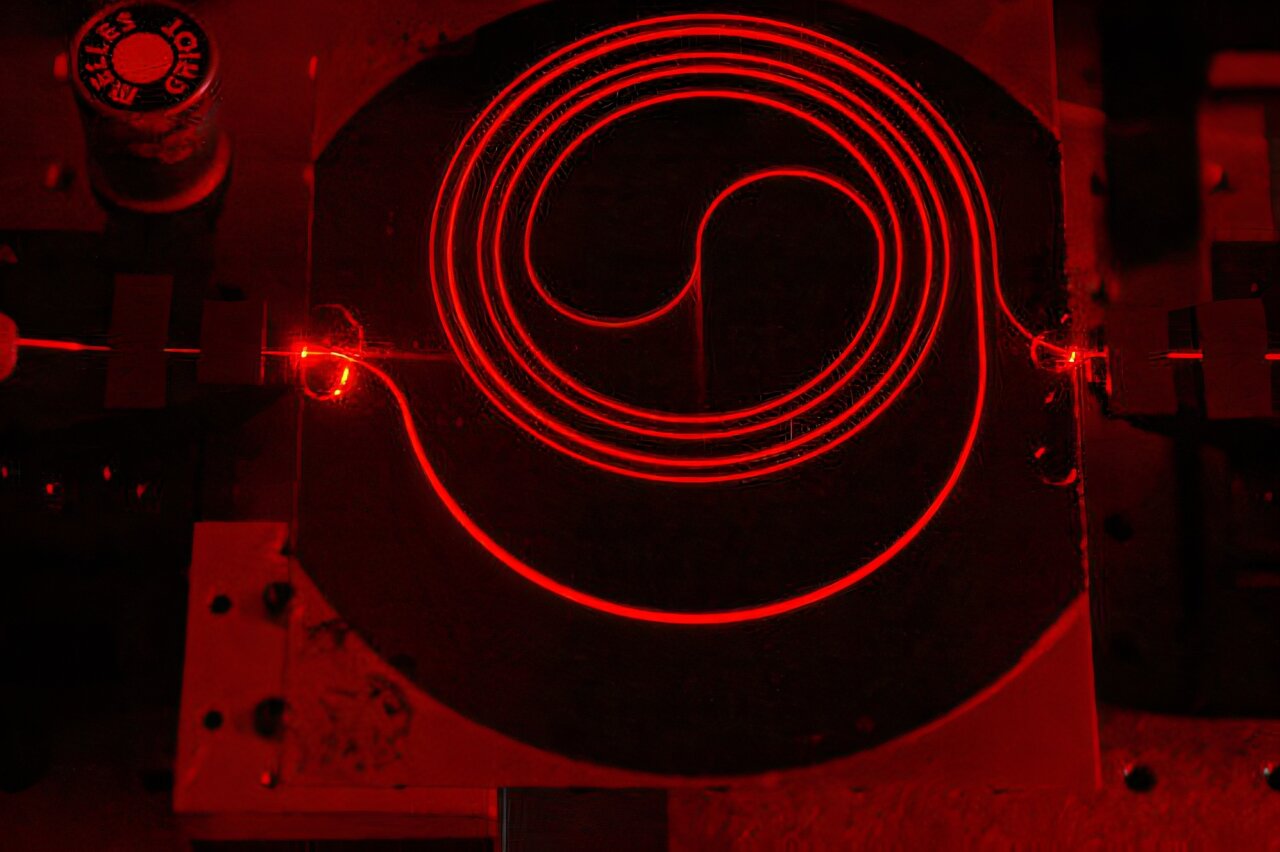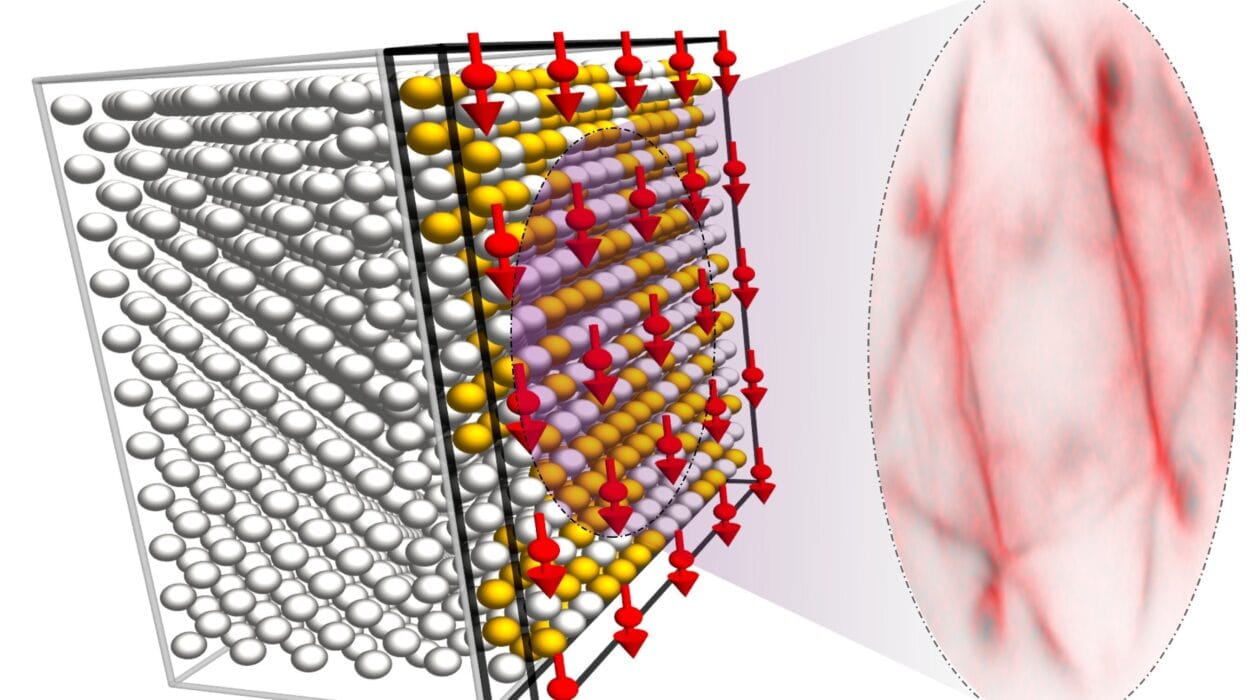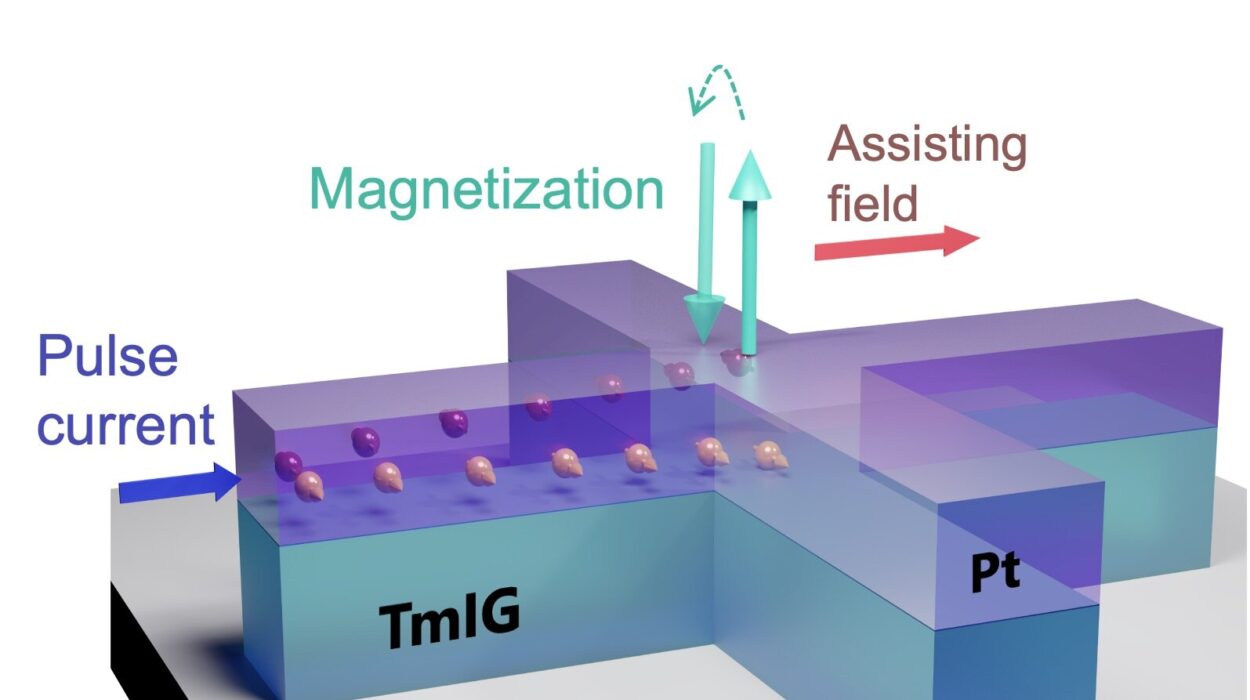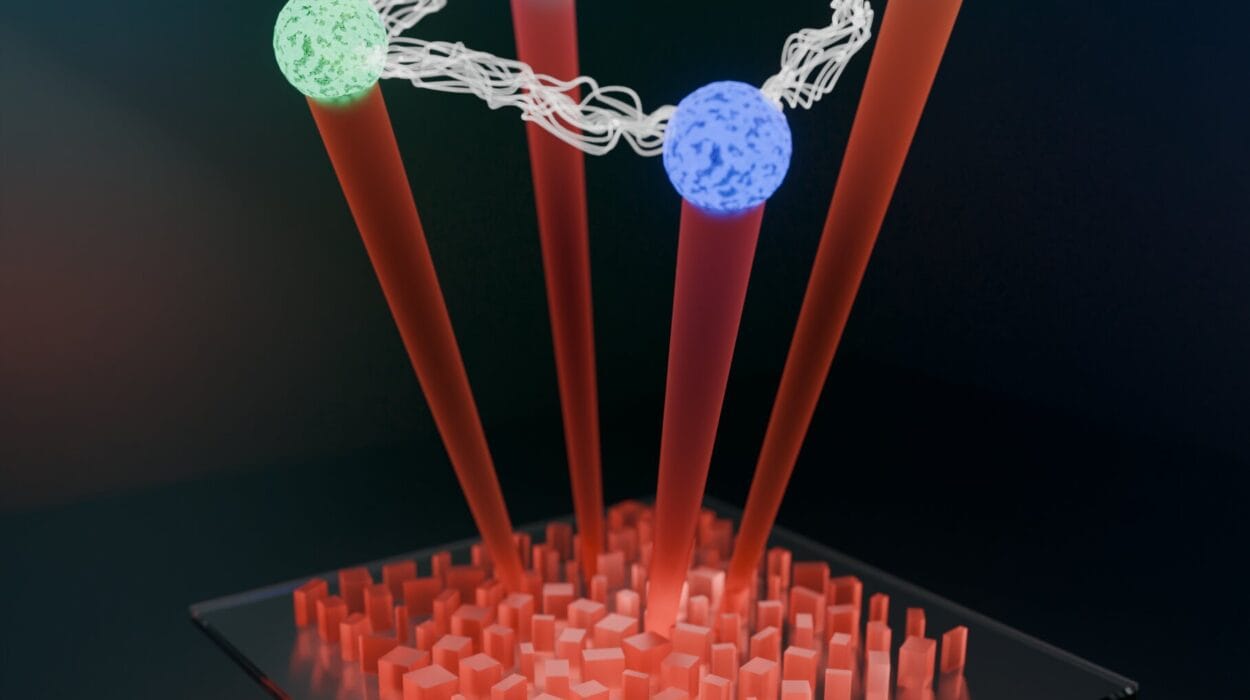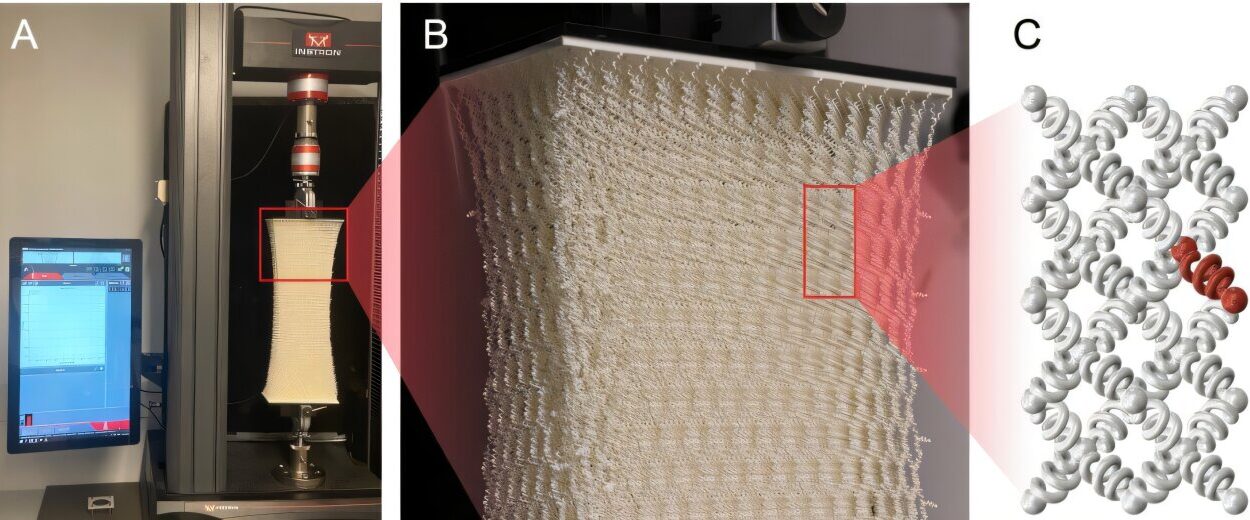The increasing demand for faster data transmission and higher computational power has driven the need for more efficient technologies in data centers and high-performance computing environments. Among these emerging technologies, co-packaged optics (CPO) stands out as one of the most promising solutions. CPO aims to integrate photonic integrated circuits (PICs) with electronic integrated circuits (EICs), such as central processing units (CPUs) and graphics processing units (GPUs), onto a single platform, improving the efficiency of data transfer and minimizing power consumption.
Despite its immense potential, CPO technology faces challenges in terms of reliability and integration. A key issue lies in the choice between integrated laser sources (ILS) and external laser sources (ELS) in the system. While integrated laser sources offer a denser design, they may present difficulties with reliability over time. On the other hand, external laser sources provide more consistent performance and higher system reliability. Within this context, the role of waveguides, specifically single-mode polymer waveguides, has emerged as a crucial factor in optimizing CPO systems.
Recent research led by Dr. Satoshi Suda and his team from the National Institute of Advanced Industrial Science and Technology in Japan has brought fresh insights into the stability, performance, and reliability of single-mode polymer waveguides. Their findings, published in the Journal of Lightwave Technology, show promising results that could revolutionize CPO technology, particularly in the use of external laser sources.
What is Co-Packaged Optics (CPO)?
Co-packaged optics technology represents a paradigm shift in the way high-speed data is transmitted within computing systems. Traditional systems have relied on discrete optical and electronic components, creating inefficiencies in terms of space, power consumption, and data transmission speeds. By integrating both photonic and electronic circuits into the same package, CPO seeks to minimize these issues while maintaining high-performance standards.
The core challenge in CPO systems is the effective coupling of light between photonic chips and the electronic circuits that process data. To address this, researchers have developed innovative designs, but the integration of laser sources remains a significant hurdle. Laser sources are required to provide the optical signals for data transmission, and these sources can either be integrated directly into the photonic chip (integrated laser sources) or supplied externally (external laser sources). While integrated lasers offer compact designs, external lasers tend to deliver more reliable performance over time.
In CPO systems, external laser sources can be coupled with photonic circuits using waveguides that guide the light signals from the laser to the chips. Among the many types of waveguides used in such systems, single-mode polymer waveguides have garnered significant attention due to their cost-effectiveness, mechanical flexibility, and compatibility with electronic circuits.
The Importance of Polymer Waveguides in CPO Systems
Waveguides serve as the conduits through which optical signals travel, facilitating the transfer of data between components within a photonic system. In CPO, polymer-based waveguides offer several distinct advantages over other types of optical fibers, particularly when integrated into complex systems that require compact, efficient, and reliable performance.
Polymer waveguides are well-suited for high-density integration within photonic circuits. They offer excellent mechanical flexibility, making them ideal for use in environments where space constraints and flexibility are paramount. Additionally, polymer waveguides are highly compatible with electrical circuits, which is crucial for the seamless integration of photonics and electronics in CPO systems.
One of the most critical features of polymer waveguides is their ability to maintain stable signal transmission, even in demanding environments. In particular, single-mode polymer waveguides are key to ensuring minimal signal distortion and high transmission fidelity within CPO systems. Their ability to minimize polarization-dependent loss (PDL) and differential group delay (DGD) makes them particularly attractive for next-generation high-speed communication systems.
Research Breakthrough: Testing the Stability and Reliability of Polymer Waveguides
Dr. Suda and his research team set out to investigate the fundamental optical properties of single-mode polymer waveguides fabricated on glass-epoxy substrates, as part of their study on improving CPO systems. Their work provides valuable insights into the potential of polymer waveguides to enhance the stability, reliability, and overall performance of CPO systems using external laser sources.
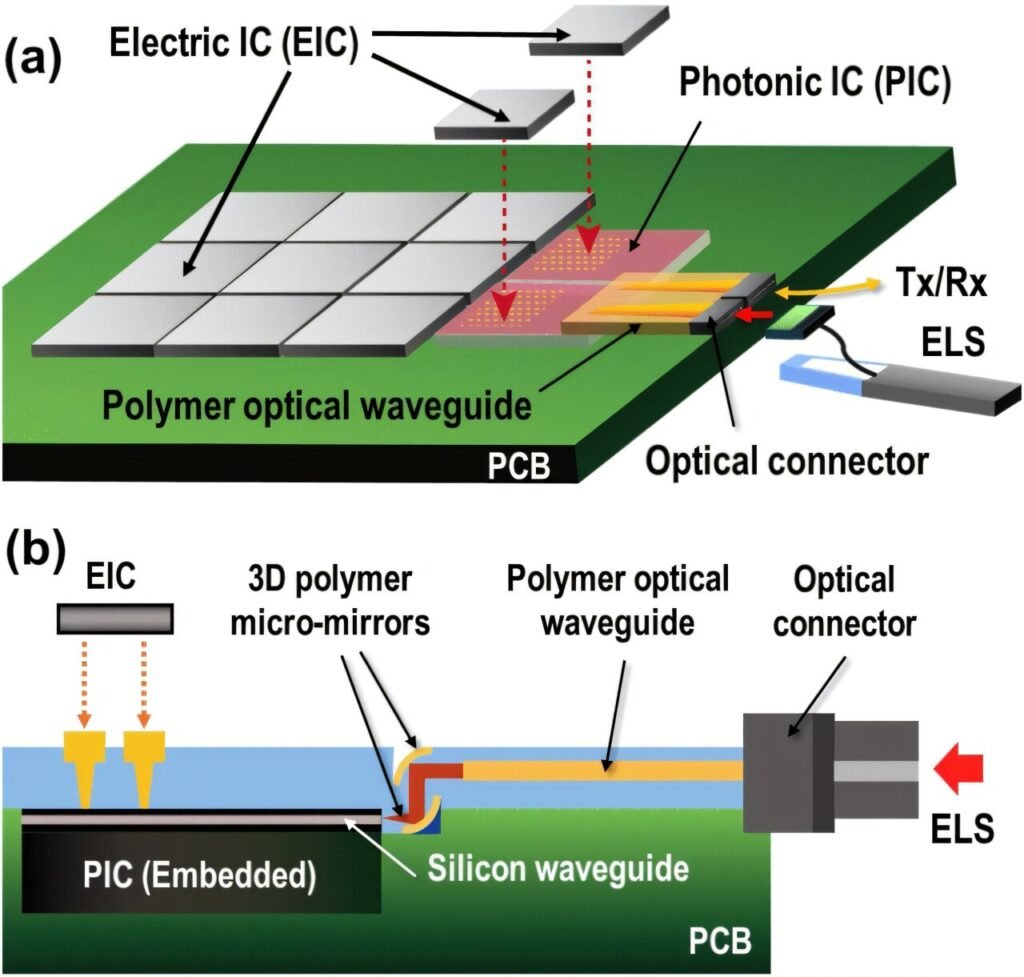
The team fabricated the polymer waveguides using direct laser writing technology on FR4 glass-epoxy substrates, which are widely used in electronics and offer a balance of cost and performance. The waveguides had well-controlled core dimensions of 9.0 µm × 7.0 µm, matching the size of standard single-mode fibers. This dimensioning ensures efficient coupling with external laser sources and is essential for maintaining signal integrity during transmission.
One of the standout features of the polymer waveguides in the study was their low polarization-dependent loss (PDL). PDL refers to the difference in signal loss that occurs when the light polarization changes, and minimizing it is crucial for maintaining consistent signal quality in high-speed optical systems. The waveguides demonstrated low PDL, which is a strong indicator of their ability to transmit optical signals with minimal distortion.
Furthermore, the waveguides exhibited low differential group delay (DGD), another key metric for optical interconnects. DGD refers to the difference in propagation times for different signal components, which can lead to signal degradation. The polymer waveguides in Dr. Suda’s study showed excellent DGD performance, making them suitable for high-speed, low-latency applications in CPO systems.
Polarization Extinction Ratio and Power Degradation Resistance
In addition to low PDL and DGD, the polymer waveguides demonstrated impressive polarization extinction ratio (PER) values. PER is a critical metric that measures a waveguide’s ability to maintain a specific polarization state for the optical signals it transmits. High PER is essential for ensuring that the signals maintain their integrity over long distances, which is particularly important in the demanding environment of CPO systems.
Dr. Suda’s team tested the waveguides across multiple wavelengths within the CWDM4 standard, which spans from 1271 nm to 1331 nm. The waveguides maintained a PER of more than 20 dB across all wavelengths tested, meeting the specifications set by the Optical Internetworking Forum (OIF) for ELS-based CPO systems.
In addition to these promising optical properties, the researchers also tested the waveguides’ performance under high-power conditions. The results were encouraging, as the polymer waveguides showed minimal power degradation even after six hours of continuous use. Not only did they maintain stable operation, but they also demonstrated resistance to heating issues, which can be a major concern in high-density optical systems. The successful high-power testing further supports the reliability of polymer waveguides in CPO systems.
Conclusion: A Promising Future for CPO Systems
The research conducted by Dr. Suda and his team highlights the potential of single-mode polymer waveguides as a crucial component in the future of co-packaged optics technology. With their ability to maintain low polarization-dependent loss, low differential group delay, and high polarization extinction ratio, these polymer waveguides can significantly enhance the performance and reliability of CPO systems that use external laser sources.
The successful testing of polymer waveguides under high-power conditions also addresses a key concern in the development of CPO systems: the need for long-term stability and reliability in high-density, high-capacity optical communication environments.
As data centers and high-performance computing systems continue to evolve, the integration of polymer waveguides into CPO systems could play a pivotal role in achieving faster, more efficient, and more reliable data transmission. The continued advancement of CPO technology, driven by innovations like polymer waveguides, promises to reshape the landscape of optical communications for years to come.
Reference: Satoshi Suda et al, High-Power Stability and Reliability of Polymer Optical Waveguide for Co-Packaged Optics, Journal of Lightwave Technology (2025). DOI: 10.1109/JLT.2025.3543339
